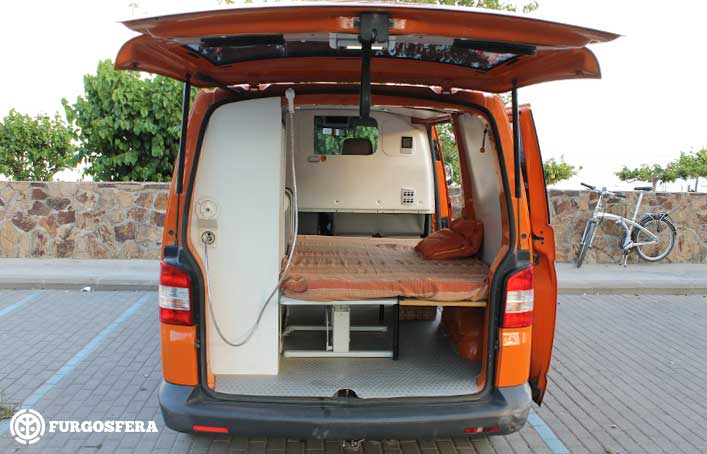

The company is working on other Vigoride vehicles, but has not ruled out flying payloads on future missions that can be deployed from an adapter without propulsion, like other rideshare providers. The company said it would proceed with plans to fly payloads on future SpaceX rideshare missions, starting with Transporter-6 in November. “As we stated prior to the launch, we fully expected to experience challenges during this test and demonstration mission and to learn from them, which is what we are doing.” This was the primary purpose of this initial Vigoride mission,” John Rood, chief executive of Momentus, said in the statement. “During this first launch of the Vigoride vehicle to space, we have learned a great deal and plan to incorporate improvements in other Vigoride vehicles currently being assembled and ground tested. Momentus had emphasized that Vigoride-3 was an experimental vehicle and, while carrying some customer payloads intended to generate a small amount of revenue, was primarily a technology demonstration mission. “We are continuing efforts to address the anomalies,” the company stated, “but our level of confidence that we will be able to deploy additional customer satellites from Vigoride and perform some planned operations of the vehicle on this test and demonstration mission has substantially declined.” The company did have initial contact with Vigoride-3 and was able to confirm the two satellite deployments, but even with Federal Communications Commission approval of the use of unplanned frequencies it has not been able to maintain two-way communications. The failure of the solar arrays to deploy has reduced power and limited communication. Momentus said it was working with the company which provided the arrays, which it did not identify, and together “have identified what we believe is the root cause of the arrays not operating as intended.” It added that it also identified potential root causes for other, unspecified anomalies with the spacecraft. This caused both power and communications issues, the company said, although other body-mounted solar arrays did work correctly. The company said one issue with the spacecraft was a problem with solar arrays that failed to deploy as expected after launch. Those problems prevented other planned tests of the spacecraft, including its propulsion system. The company previously said the tug had deployed two of nine small satellites it carried but had suffered “some anomalous behaviors” about which the company offered few details. In a June 13 statement, the company said it was still trying to fix problems with its Vigoride-3 tug after its launch May 25 on the SpaceX Transporter-5 rideshare mission. The first orbital transfer vehicle launched by Momentus continues to experience problems and the company says its confidence that the spacecraft can complete its mission has “substantially declined.”


 0 kommentar(er)
0 kommentar(er)
